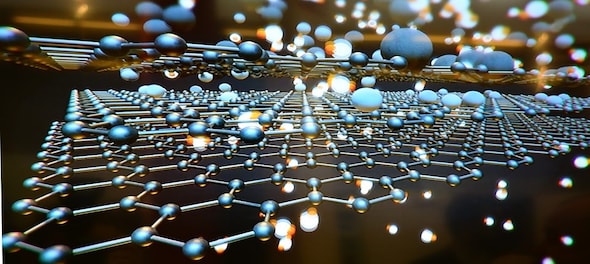
While clean air and water are two basic amenities for the existence and wellbeing of humankind, the increasingly globalised planet today faces an acute problem of large scale pollution of air and water (as well as other natural resources).
This global problem has reached epidemic proportions in recent times; so much so, it is nearly impossible for industries and governments to ignore the issue anymore.
The Problem Statement
According to statistics from the World Health Organization, more than 92 per cent of the global population currently lives in areas where levels of air pollution have exceeded the standardised safety limits.
On the other hand, India alone is home to 13 of the 20 most polluted cities worldwide, it has been documented in recent past by WHO. Deaths caused by air pollution in our country increased by almost 150 percent between 1990 and 2015. Approximately 1.2 million deaths taking place in India every year are directly related to air pollution, reveals a Greenpeace India Report released in 2017.
To add to the dangers of ambient air pollution, biomass and crop residue burning, adulteration of fuel, automobile and industrial emissions, are few factors making the scenario worse, and leading to smog-like catastrophic environmental conditions in and around our cities.
While the panacea of air pollution has been making big headlines in recent times, the crises of water pollution can be nowhere deemed less serious. As per data from UNESCO, in the developing nations of the world, over 80 percent of sewage is discharged in an untreated manner, hence leading to pollution in the rivers, lakes, and so on. Untreated industrial effluents and sewage dumped into the water bodies have emerged as a growing menace for both our terrestrial and aquatic ecosystems.
For instance, in water-intensive industries like the textile industry, which requires input of a wide range of chemicals during the dyeing process, untreated wastewater can lead to severe repercussions to the environment as well as pose serious health hazards.
An assessment by international sanitation and hygiene organisation WaterAid shows that an alarming proportion of 80 percent of India's surface water lies in a polluted state.
As toxic organic wastes continue to choke our rivers (including Ganga and Yamuna) and coastal areas, runoffs from agriculture and factories also contribute to the problem, resultantly adding to the burden of vector-borne diseases such as cholera, dysentery, jaundice, and so on.
The (Potential) Solution Statement
As the world goes successively green and governments across the globe promote sustainability and clean energy, graphene-based industries are expected to benefit highly in the near future, if not the most. This is because—graphene due to its high surface area and unique electronic properties has emerged as one of the best solutions for the energy and filtration-related needs of the 21st century.
One of the many interesting properties of graphene is its ability to stop liquids, apart from water, from passing through; thus it can keep two substances apart from each other pretty successfully. This earns the “wonder material” a special place in the filtration and ultra-filtration sector. Thus, it can be developed to make the water filtration systems, desalination systems, etc. more efficient and economical.
Recent reports suggest that graphene-based sensors developed by researchers at University at Southampton are able to detect CO2 and volatile organic compounds (VOC) inside buildings and household interiors with significantly low power usage. Few years ago, scientists at IIT-Madras had discovered the remarkable ability of graphene to remove pesticide from water in large quantities. And now, a newly-invented grapheme variant has turned heavily polluted water in Sydney Harbour drinkable in one single step, claim researchers at Commonwealth Scientific and Industrial Research Organization (CSIRO).
Future Forward
Rampant ecological imbalance caused due to urbanisation and multi-faceted pollution has led to a dire need for improved filtration technologies for the purification of air and water in our country.
Powered with nanotechnology and backed by quality scientific research, graphene offers several routes to improve several environmental challenges facing India at the moment.
Graphene-based technologies and derivatives can not only find novel uses in purification of air and water, but also in sensing and detection of contaminants, and may even shape disinfection and/or pollution prevention methodologies in the coming years.
The day is not far when graphene will emerge as a comprehensive solution to India’s water and air pollution woes, and may even give tough competition to the traditional RO and UV technologies. But to realise this, we need to constantly experiment and innovate with the catalysis, absorption, and micro-channelling properties of graphene-based materials for new age filtration and purification.
Akshay Singhal is the founder of Log 9 Materials, a company engaged in the commercialisation of graphene nanotechnology.
First Published: Aug 31, 2018 11:51 AM IST
Check out our in-depth Market Coverage, Business News & get real-time Stock Market Updates on CNBC-TV18. Also, Watch our channels CNBC-TV18, CNBC Awaaz and CNBC Bajar Live on-the-go!


Exclusive | Full text of the PM interview: Modi's agenda for the next 5 years
Apr 29, 2024 10:28 PM
PM Modi says he’s going forward with a positive attitude as a response to personal attacks
Apr 29, 2024 10:08 PM

